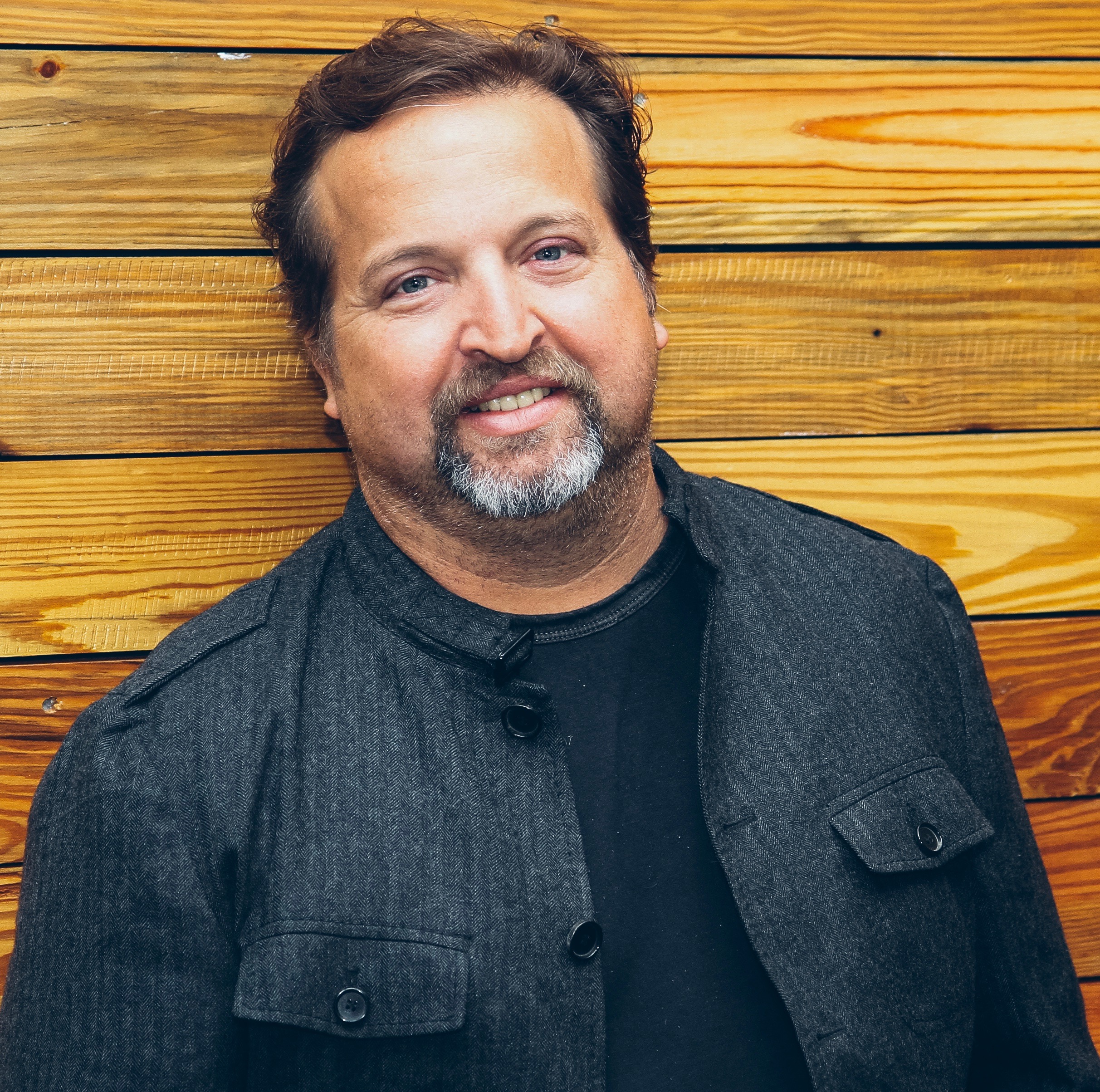What’s unusual about Gaston Legorburu, one of the partners of a new creative shop called Glue IQ, is not that he set out to hack the old agency model, but that he believes he’s found a way to do it.
Legorburu walked away from traditional ad agencies after concluding that their business model was outdated. And he had more insight than most. As chief strategist and chief creative officer for SapientNitro, he’d been farmed out to other agencies to help identify where they were going wrong.
He described the experience as bad for his soul even while it was good for his brain. “If you don’t work on client work, you get stupid very fast”, he said.
So he took what he’d learned from his consulting work and left Sapient to set up his own shop. He and his partners, Matt Kujawa (Global Lead, Regional CX Lead, SapientNitro) and Jr. Partner, Marguerite Conde, (former Publicis Sapient), launched Glue IQ a year ago, and fashioned it around their collective obsession with culture and technology. They decided on an unusual model – part ad agency, part management consultancy.
The idea made sense to some high-profile companies: Fiat Chrysler Automobiles, RCB Capital, Jeep and Norwegian Cruise Line signed with the agency in its first year.
Legorburu says the clients understood that the conventional agency model was no longer viable. “One of the problems that agencies and clients are having is the proliferation of channels. This is a team sport now. Getting something executed and out the door is not easy. You have to be very clear about your purpose and function, and you have to deliver on that. It has to make good business sense for the client to hire you”.
One of the first, and perhaps biggest, hurdles is convincing them that they need an agency in the first place. “If you can get some freelancers on Upwork, then why do you need us?” To Legorburu, the answer is obvious: Glue IQ draws on people from industries outside of advertising in order to offer their clients untapped perspectives on the market and their customers.
To show how much he and his partners believe in what they’re doing, they get compensated only on what they deliver. For the most part, they charge on outcome, not effort.
He admits that it’s both a dangerous and exciting proposition, but thinks that being beholden to outcomes is the best motivation for good work.
It’s also his way of adapting to the changing landscape. “There was a time when a client would call David Ogilvy and say I want to enter a new market or launch a new product and the agency [would solve] their problem. It was good business to hire an agency to help you grow your business, and if they didn’t, then they’d fire you. But now agencies are too slow, too expensive. The bigger and bigger [they get]… it [becomes] a conversation about billable hours”.
To staunch that conversation, Legorburu and his team decided on a partnership model in which the workers have a stake in the company. “It makes sense”, he says, “because there aren’t a lot of watchers or overheads and [we] can put more money in the pockets of the people doing the work”.
“[Changing] how you structure people, how you pay people, how you charge the client is really helpful. [It makes you] agile”.
And agility, he feels, is a prerequisite for great ideas.
In order to generate these ideas, Legorburu says it’s important to have a diverse mix of people in the room, from social wizards to businesspeople to technologists. He believes that clients want experience and advisory services that go beyond a McKinsey-esque report.
One thing Legorburu and McKinsey probably do agree on though, is that a company’s business model is paramount. But it’s unlikely they see eye to eye about why that is. As master marketer Andy Warhol once said, and Legorburu believes, “Being good in business is the most fascinating kind of art”.


